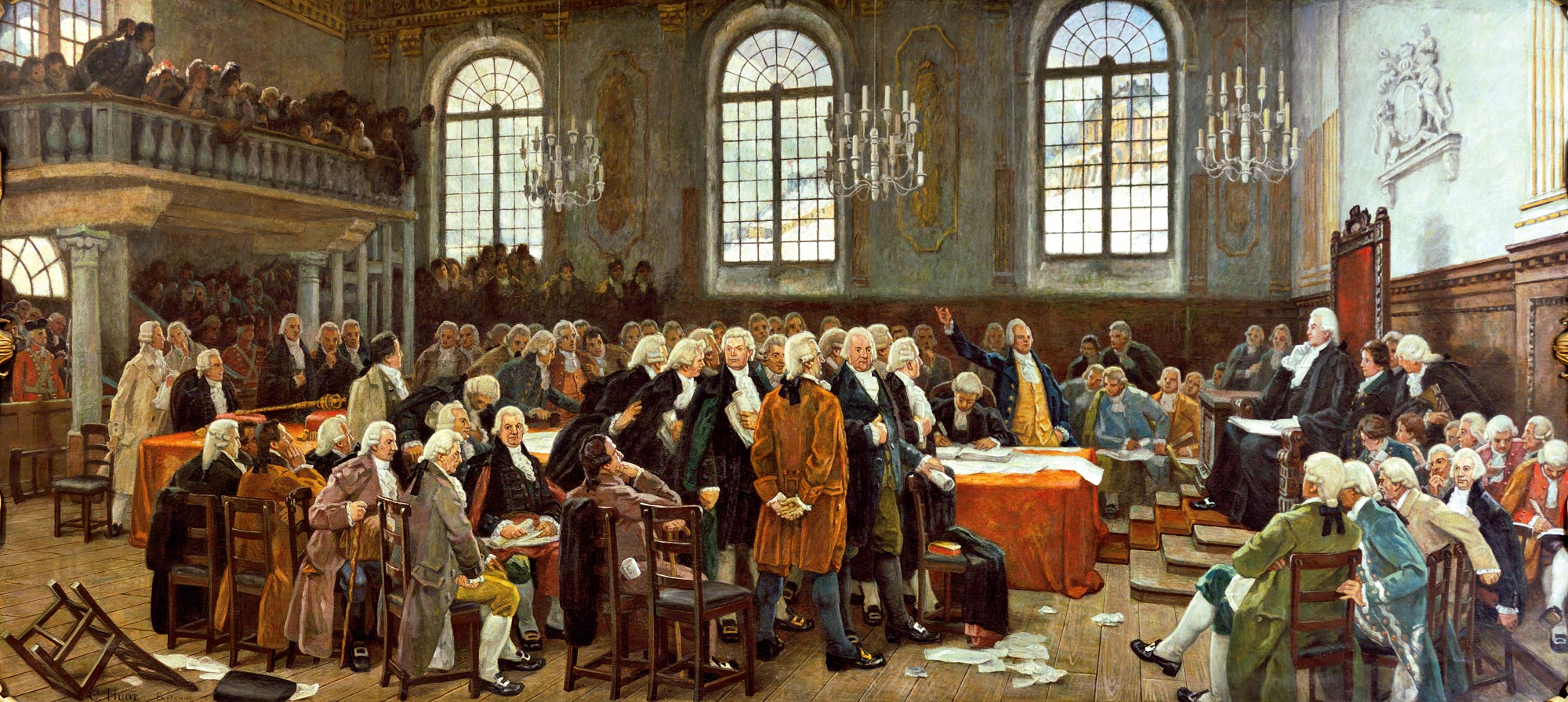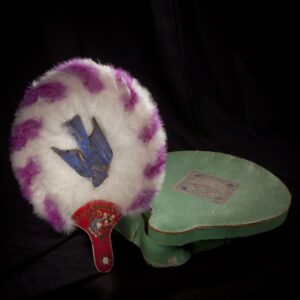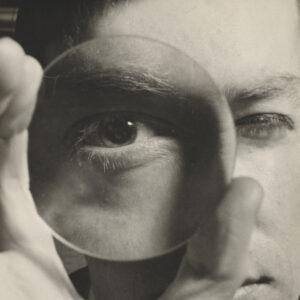Charles Huot (1855–1930)

Charles Huot, Le débat sur les langues : séance de l’Assemblée législative du Bas-Canada le 21 janvier 1793 (The Language Debate: The Sitting of the Legislative Assembly of Lower Canada on 21 January 1793), 1910–13
Oil on canvas mounted on the wall, 3.9 x 8.7 m
National Assembly Chamber, National Assembly of Quebec, Quebec City
In mid-August 1904, Georges-Élie Amyot, a wealthy industrialist, entered Gaspard Huot’s shop on rue Saint-Jean and purchased several works by Charles Huot, a local painter. These included two pastoral scenes painted in oil and two watercolours depicting the Ursuline Monastery, where Amyot’s wife had studied. His purchase made waves in the press. “Bel exemple” [“Fine example”], read the headline in Le Soleil a few days later; the newspaper commended “this affluent citizen for choosing to support local commerce rather than importing paintings from abroad at great expense, which are often no better than what our national art can produce.” While Huot had studied landscape painting and other genres, it is as a painter of national history that he left his mark on the arts in Quebec City, particularly with works such as Le débat sur les langues : séance de l’Assemblée législative du Bas-Canada le 21 janvier 1793 (The Language Debate: The Sitting of the Legislative Assembly of Lower Canada on 21 January 1793).
Trained in the French academic tradition in the studio of Alexandre Cabanel (1823–1889) and at the École des Beaux-Arts in Paris, Huot spent twelve years in Europe, from 1874 to 1886. He returned to Quebec City to take on a commission to decorate the St. Sauveur Catholic Church. Commissions from several other churches and religious organizations soon followed. In 1900, Huot was given a special exhibition at the Hôtel du Parlement, after which his reputation grew steadily, as evidenced by Amyot’s acquisition in 1904.
-
Charles Huot, La leçon de couture (The Sewing Lesson), 1886
Oil on canvas, 66 x 126 cm
Montreal Museum of Fine Arts
-
Charles Huot, Cinghalais fumant le narguilé (Sinhalese Man Smoking a Hookah), 1905/6
Oil on canvas, 81.3 x 121.3 cm
Musée national des beaux-arts du Québec, Quebec City
-
Charles Huot, La bataille des plaines d’Abraham (The Battle of the Plains of Abraham), c.1900
Oil on canvas, 25.5 x 58.4 cm
Royal 22nd Regiment Museum, Quebec City
The exhibition highlighted the diverse genres that defined Huot’s career: historical and religious paintings, portraiture, landscapes, and notably, genre scenes, which he particularly favoured. His work in genre painting is exemplified by Cinghalais fumant le narguilé (Sinhalese Man Smoking a Hookah), 1905/6, a composition steeped in orientalism, a trend in nineteenth-century French painting. In a completely different vein, La leçon de couture (The Sewing Lesson), 1886, draws the viewer into a feminine milieu where a handful of young women are engrossed in their needlework. The painter brings significant realism to the composition, particularly through the chosen perspective, which gives the impression of being inside the room, behind the women, watching the scene unfold.
Huot achieved fame in 1910, when he won a highly coveted commission to produce a major historical painting for the Legislative Assembly chamber of the Parliament Building (now commonly referred to as the Salon bleu). This work, Le débat sur les langues, depicts a controversy sparked in 1793 by an anglophone member’s proposal that “only the English text have the force of law.” An impassioned debate advocating for the recognition of the French language ensued. “It is the intensity of this moment that the painter captures in his work.” The reconstruction of the historical event was the culmination of months of research by Huot, who sought to accurately portray the fifty deputies present in the chamber. But he did take liberties with the cityscape. In the background windows overlooking the seminary gardens, Huot imagined that the Château Saint-Louis could be seen from this vantage point, allowing him “a fortunate pictorial metaphor: a symbol of English colonial power, yet also a reminder of the French ancien régime. This duality aligns well with the subject of the debates: the survival of the French language despite British political dominance.” Through this work and other public art, Huot left his mark as an official painter and contributed to the development of commemorative painting.

 About the Author
About the Author
 More Online Art Books
More Online Art Books
 Acknowledgements
Acknowledgements